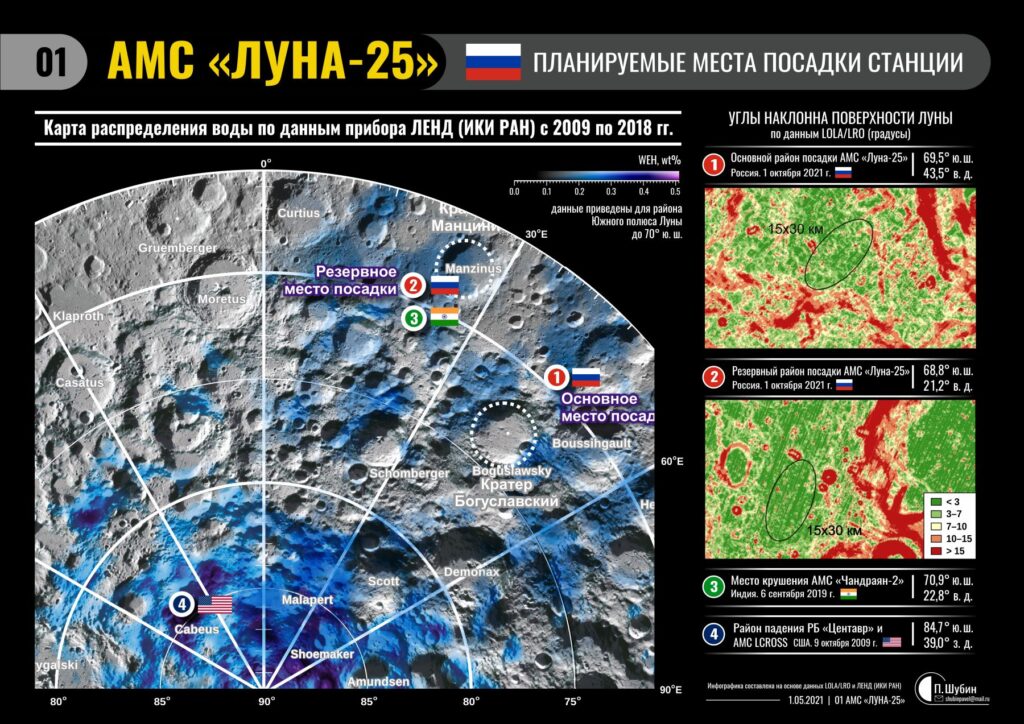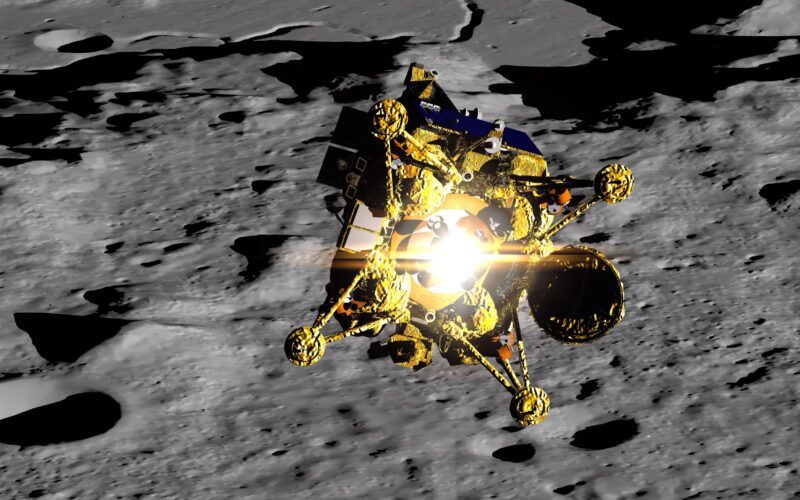The details of what caused the Luna-25 to crash into the Moon’s surface should be unveiled, according to the Russian astronomer and scientist who worked as a key consultant for the country’s lunar mission.
Mikhail Marov celebrated his 90th birthday on July 28 and was hospitalized due to a sharp deterioration in his health following the failed Luna-25 mission. It was supposed to be the first Russian probe to land on the Moon in almost five decades.
“It is sad that we failed to land the device. For me, this was perhaps the last hope to see the revival of our lunar program,” the scientist said to the Moscow-based news outlet Moskovskij Komsomolets.
Marov added that it is now crucial to discuss the causes of what happened and not keep them secret, as the country has done previously.
The planning of the Luna-25 mission began in 1998 as an attempt to reprise the glory days of the Soviet Luna program. The mission of its predecessor Luna-24 in 1976 successfully delivered about 170 grams of lunar soil back to Earth.
Previous Luna missions were launched from the Baikonur Cosmodrome in Kazakhstan. However, this Luna-25 mission was launched from the Vostochny Cosmodrome in Russia on August 10, 2023.
Unfortunately, on August 20, 2023, Russian space agency Roscosmos announced that the Luna-25 spacecraft had crashed into the Moon after spinning into an uncontrolled orbit.
In an interview on the local Rossiya 24 channel on August 22, 2023, Roscosmos Director Yury Borisov explained: “Before adjusting, the spacecraft reoriented, and at 14:10 the engines were turned on, which were supposed to correct the course and lead the spacecraft to pre-landing orbit. Unfortunately, the engine shutdown did not occur normally.”
“Instead of the planned 84 seconds, the engine worked for 127 seconds. This was the main cause of the spacecraft’s crash,” Borisov added.
However, according to scientist Nathan Eismont, a leading researcher at the Space Research Institute (IKI) of the Russian Academy of Sciences, “disturbing signs” at the Luna-25 station were noticed even before the attempted transition to pre-landing orbit.
“There were problems, they were not that significant, but the signs were, so to speak, alarming, but everyone hoped that it would somehow be dealt with… If we have a deviation turns out to be slightly higher than we expected, it is a disturbing fact, but apparently it was not disturbing enough to move to a radical solution,” Eismont told the Russian media outlet RIA Novosti.
The scientist believes that, when the problem arose, it would have been better to wait and postpone the transition to the pre-landing orbit.

The Russian mission was hoping to reach the lunar surface before the Indian Chandrayaan-3 mission, which took off on July 14, 2023.
According to economist Konstantin Sonin of the University of Chicago, Russia’s grandiose Luna-25 project was set to fail, as it is being carried out when ambitious scientists and intellectuals throughout the country are being persecuted.
“This Luna-25 was a Putin’s vanity project amid constant repression of intellectuals, a war on science and education that has government waged, a war on international cooperation that they waged even before they started an actual war,” he wrote in a post on X (formerly known as Twitter) after the crash.

